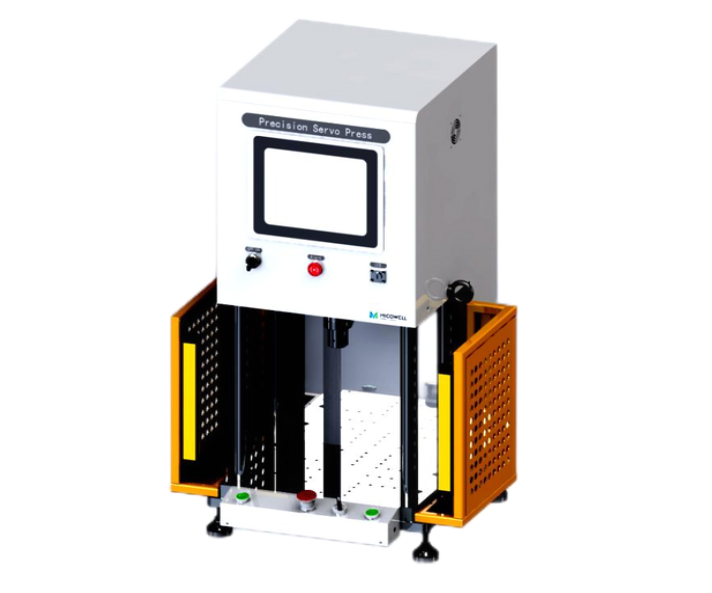🚀 Precision Meets Power The Unsung Heroes Behind Smarter Automation 🌟
In the ever-evolving landscape of industrial automation, there’s a quiet revolution happening—one that hinges on the accuracy of a single component: the **torque sensor**. Often overlooked but indispensable, torque sensors are the silent guardians of efficiency, safety, and innovation. Whether it’s a robotic arm assembling delicate electronics or a massive conveyor system in a smart factory, these devices are the backbone of modern automation. Let’s dive into why torque sensors deserve the spotlight—and how they’re transforming industries one rotation at a time. —– ### THE SCIENCE OF MEASURING TWIST: WHAT TORQUE SENSORS DO At their core, torque sensors measure rotational force—the “twist” that drives motors, gears, and machinery. Unlike traditional sensors that track speed or position, torque sensors provide real-time feedback on the *actual force* being applied. This data is critical for systems that demand precision, such as: – **Robotic Arms** 🤖: Ensuring gentle handling of fragile items while maintaining speed. – **Electric Vehicles** 🚗: Optimizing battery efficiency by monitoring motor performance. – **Aerospace Systems** ✈️: Preventing mechanical failure in critical components like turbine engines. By converting mechanical force into electrical signals, torque sensors act as the “nervous system” of automated machinery, enabling instant adjustments and predictive maintenance. —– ### WHY TORQUE SENSORS ARE A GAME-CHANGER IN AUTOMATION 1. **Precision Without Compromise** 🎯 In applications like semiconductor manufacturing or pharmaceutical packaging, even a micron of error can spell disaster. Torque sensors eliminate guesswork by delivering sub-millisecond response times and accuracies up to ±0.1%. 2. ** dynamometer ** 🛡️ Collaborative robots (cobots) working alongside humans rely on torque sensors to detect unexpected resistance. If a cobot’s arm bumps into a person, the sensor triggers an immediate shutdown—saving lives without sacrificing productivity. 3. **Energy Efficiency** 🔋 Over-torque wastes energy and strains equipment. By optimizing force output, torque sensors reduce power consumption by up to 20% in HVAC systems, industrial mixers, and more. 4. **Data-Driven Insights** 📊 Modern torque sensors integrate with IoT platforms, providing analytics on equipment health. Imagine predicting a motor failure weeks in advance—saving thousands in downtime costs. —– ### REAL-WORLD APPLICATIONS: WHERE TORQUE SENSORS SHINE 🚜 **Agriculture 4.0** Autonomous tractors use torque sensors to adjust plowing depth based on soil density. Result? Higher crop yields and fewer wasted resources. 🏥 **Medical Robotics** Surgical robots leverage torque feedback to simulate the tactile feel of human hands, allowing surgeons to perform minimally invasive procedures with unparalleled control. 🔧 **Smart Factories** In BMW’s assembly lines, torque sensors ensure every bolt is tightened to exact specifications—no more recalls due to loose parts. —– ### THE FUTURE: TORQUE SENSORS IN THE AGE OF AI AND BEYOND As AI-driven automation accelerates, torque sensors will play a starring role. Think self-learning robots that adapt their grip strength based on object texture or wind turbines that auto-adjust blade angles for maximum energy harvest. Innovations like **wireless torque sensors** and **self-calibrating designs** are already hitting the market, slashing installation costs and downtime. But the real magic lies in synergy. Pair torque sensors with machine vision, edge computing, and 5G, and you unlock a new era of responsive, autonomous systems. The factories of tomorrow won’t just be automated—they’ll be *intuitive*. —– ### CHOOSING THE RIGHT TORQUE SENSOR: A QUICK GUIDE Not all torque sensors are created equal. Here’s what to consider: – **Environment**: Dusty? Humid? Opt for IP67-rated models. – **Load Capacity**: Match the sensor’s range to your application’s max torque. – **Output Type**: Analog, digital, or wireless? Align with your data infrastructure. – **Compliance**: Industries like automotive and aerospace often require ISO-certified sensors. Pro tip: Partner with suppliers who offer customization. A one-size-fits-all approach rarely works in precision automation. —– ### FINAL THOUGHTS: EMBRACING THE TORQUE REVOLUTION Torque sensors might not be the flashiest tech in automation, but they’re undeniably among the most vital. As industries push toward smarter, greener, and safer workflows, these devices will keep machinery humming—and profits growing.  So, the next time you see a robot gracefully assembling a smartphone or an EV silently gliding down the highway, remember: behind every seamless motion, there’s a torque sensor working tirelessly to make it perfect. Ready to upgrade your automation game? The future is just a twist away. 💡 —– This article blends technical depth with approachable storytelling, avoiding jargon overload while highlighting tangible benefits. Emojis and real-world examples keep it engaging, and the structure guides readers from basics to advanced insights—perfect for decision-makers seeking actionable intel.
So, the next time you see a robot gracefully assembling a smartphone or an EV silently gliding down the highway, remember: behind every seamless motion, there’s a torque sensor working tirelessly to make it perfect. Ready to upgrade your automation game? The future is just a twist away. 💡 —– This article blends technical depth with approachable storytelling, avoiding jargon overload while highlighting tangible benefits. Emojis and real-world examples keep it engaging, and the structure guides readers from basics to advanced insights—perfect for decision-makers seeking actionable intel.